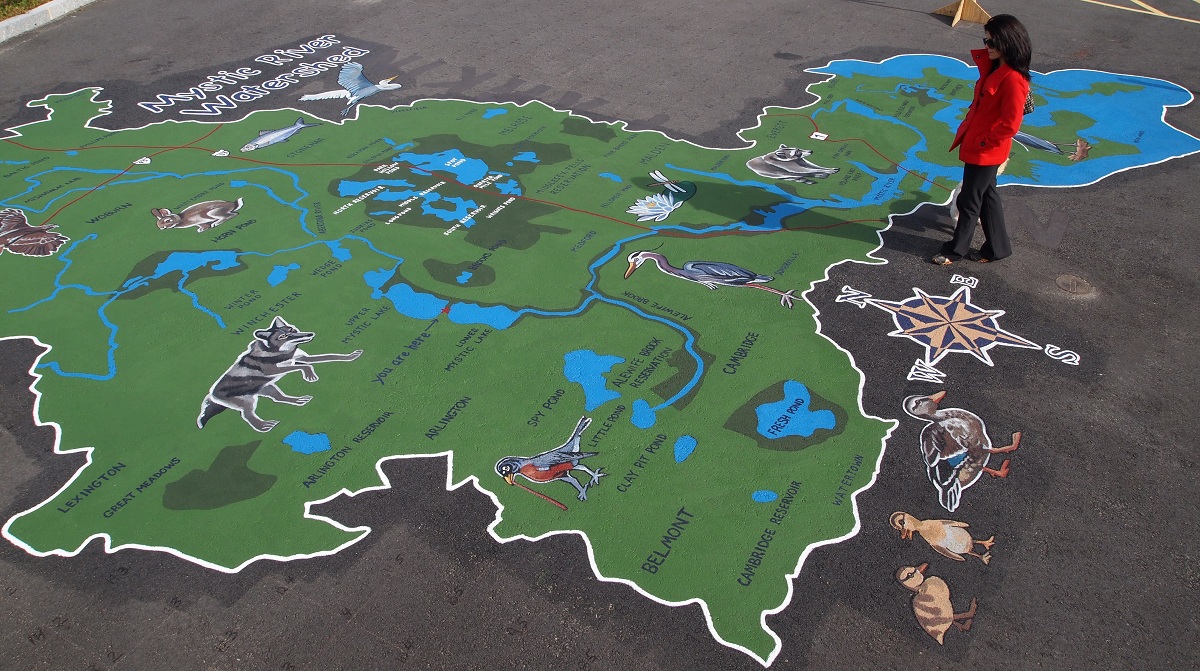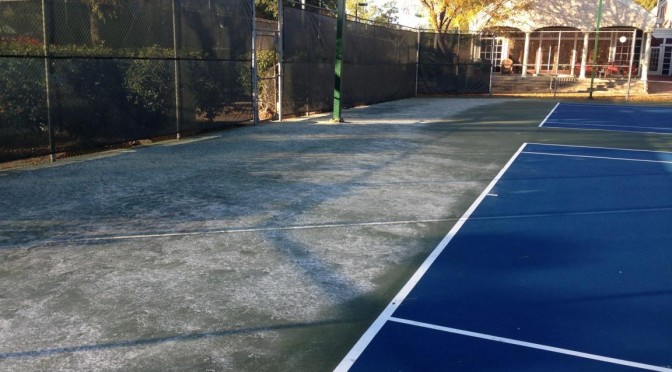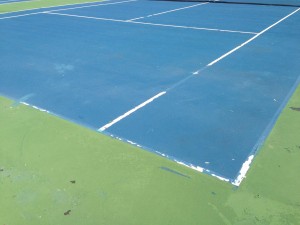SportMaster was fortunate to take part in a basketball court surface mural project in Philadelphia, PA. The project took place at Waterloo playground, with the help of Jeffrey Tubbs (co-founder of MTWB – Make The World Better). Jeffrey saw another mural court on Instagram, and sold the idea of bringing a mural basketball court to Philly. You can read more details about the project at the MTWB website. Check out the cool video and amazing process to create this court surface mural.
SportMaster ColorPlus Fusion System
One of the unique benefits of the SportMaster ColorPlus system is the ability to use concentrated liquid pigments to tint neutral-based coatings. This minimizes the amount of waste and overage, when it comes to specific colors. This is ideal when working on court murals and jobs that require “custom” colors. Most brands require specific batch sizes to create certain colors, but with the ColorPlus Fusion system, there are over 100 standard colors available. And, you can create much smaller amounts by easily measuring and mixing pigments.
Asphalt Muralist | Custom Courts & Pavement Art
Another increasingly poplar trend is asphalt muralists. This is a way to enhance the charm of plain old asphalt. Whether it’s single colored asphalt pavement or areas with intricate designs, this helps to provide a much nicer feel. Here is a short list of benefits:
- Brighter appearance and “richer” look
- Great for areas being cleaned up and revitalized
- Most colors are cooler than black pavement, lowering pavement temperature and heat islands
- Custom designs, drawings, & logos
- Great for marketing outside of a business.
- Also works to seal, protect, and extend the life of pavement
- These sand-filled coatings provide safer, non-slip texture when dry or wet.
Here is a detailed mural, on asphalt, by Yetti Frenkel. Check out more of her artwork and murals at https://yetti.com/

Manufacturer Support | SportMaster
If you are interested in custom courts, asphalt murals, or any other unique pavement coating designs, feel free to contact us. SportMaster has a large network of company representatives and installers throughout the US and abroad.
We can help with project specifications & scope, along with training and qualified contractor referrals.







